Flat feet
- Also known medically as pes planar, or pes planovalgus.
- Appearance – a low or no arching on the middle aspect of the foot.
- Most common foot condition seen in growing children – reported to be as high as 77.9%
- 2 main types: rigid type and flexible type – depending on whether the medial arch reconstitutes with toe walking and big toe extension.
- Flexible type (more common) – usually harmless, self-limiting and resolves over time.
- Symptoms – usually asymptomatic – noticed by parents when child standing, or children might complaint of mid foot pain or rarely, shin pain.
- Treatment – mainly observation. If symptomatic with foot pain, they might require extra biomechanical foot support, bracing and physical therapy to help correct the alignment while the child is growing.
- In the more severe one, further assessment e.g., Xray and computer tomography (CT) scan will be helpful to rule out rigid flat foot.
- Rigid flat foot (less common) – usually cause by tarsal coalition (abnormal connection of two or more bones at the back of the foot – tarsal bone).
Surgery might be required in the rigid flat foot, or flexible flat foot that doesn’t respond to conservative management with symptoms disruption normal daily activity.
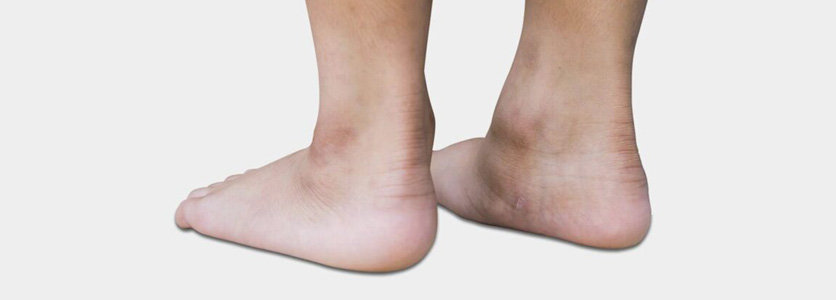
In toeing / out toeing
In normal circumstances, our toe points outwards 5-10 degree when we walk.
- When the toes point inward, it is known as in-toeing.
- When the toes point outward excessively, it is known as out-toeing.
- In/out-toeing is another common foot condition seen in children.
- It is caused by an abnormal rotational profile in the lower limb. The abnormality could arise in the hip joint, calf, or more distally at the feet.
- Usually require further assessment by an orthopedic surgeon to determine the cause of the abnormal toeing gait.
- Symptoms – mostly asymptomatic, other than the abnormal gait observed by the parents during walking. More severe forms might present with frequent falling, especially when the child starts engaging with more vigorous physical activity, eg running.
- Investigation – Xray of the lower limb, including hip, knee and foot. CT scan is important to measure rotational profile of the lower limb.
- Management – targeted towards the underlying cause. However, they are mainly conservative with observation and parental education.
- Simple lifestyle modification, prevent the child from sitting in “W” position, which could worsen in-toeing.
- Stretching and physical therapy
Surgical operation is rarely required, only in the patients that has exhausted conservative management, with a persistent or progressing deformity that is symptomatic and affecting their daily functioning.
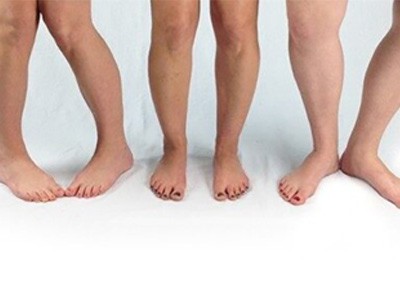
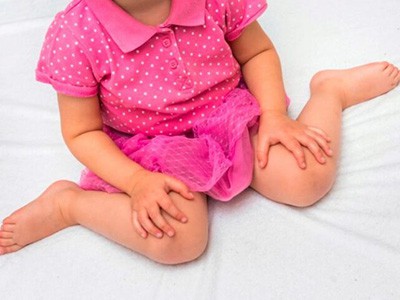
Heel pain
- Also known as Sever’s disease, or calcaneal apophysitis.
- Commonly seen in children between age 7-14, especially in children that are active in sports, e.g. running and jumping sports.
- It happens because of inflammation at the junction between the heel cord (Archilles tendon) and the heel bone (calcaneum), caused by repetitive stress or microtrauma on this growing area.
- Presentation:
- Pain at the heel
- Toe walking or a limping gait
- Redness, swelling and tenderness over the heel region
- Pain exaggerated after an exercise or physical activity
- Management is mainly supportive, with stretching of heel cord, or ice compression after sport activity. Children can also use heel padding to ease their heel pain. Activity modification, eg stopping sports for a short period of time, is sometime required in the more severe cases. Anti-inflammatory medication is helpful to control acute symptoms.
- It’s a self-limiting condition that gets resolved after skeletal maturity and closure of the physis (growing part in a bone).
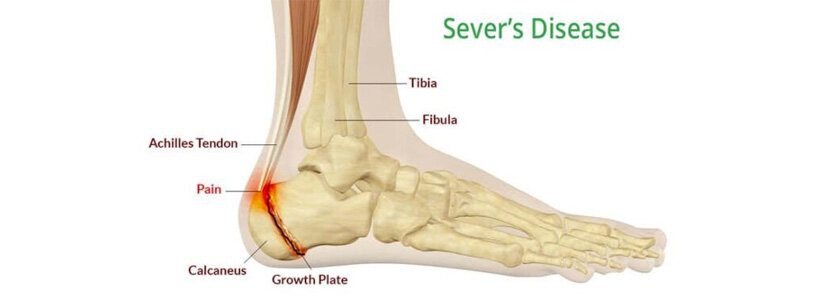
Ingrown toenails
- Known medically as onychocryptosis. In Malay it’s known as Cagu.
- It’s a condition where the corner of the nail is grown into the skin.
- Might be associated with secondary infection.
- Incidence has been reported to be around 2.5 – 5%
- Almost exclusively affecting the big toe. Ingrown toenail of the lesser toes is less common.
- Present as pain, redness, swelling of the toe, and in more severe cases, pus discharge if secondary infection sets in .
- Causes:
- Cutting the nail too short, or with rounded edge
- Tight socks
- Improper shoe wear
- Trauma
- Non infected ingrown toenail can be managed with conservative measures – correcting nail trimming technique, comfortable footwear with more room for the toes.
- nfected toenails may require surgical intervention to remove half or the whole offending nail, to clean the infected tissue and ablate the side of the nail plate to avoid recurrent.
- Antibiotic is also usually needed in infected ingrown toenail.
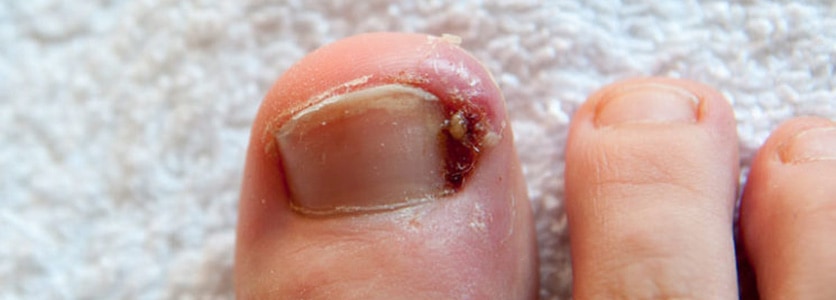
Importance of early detection and treatment of foot problems:
- Although most foot problems in children are self-limiting, without proper monitoring and timely intervention, they can progress into permanent deformity later when these children grown into adulthood. This could lead to an abnormal walking gait due to the abnormal foot and lower limb biomechanics.
What to pay attention to:
- New onset pain and swelling involving the foot.
- Abnormal walking pattern (gait), e.g., limping, walking tip toe, refusing to walk (in younger age group like toddlers).
- Abnormal lower limb altitude.
- Asymmetrical wear pattern of the child’s shoe.
This article first appeared in BabyTalk, 19 January 2023.
Share:
Was this article helpful?
Share:
Was this article helpful?
Health Packages
Elevate your health with tailored health packages at Columbia Asia Hospital. Take charge of your health journey today.

